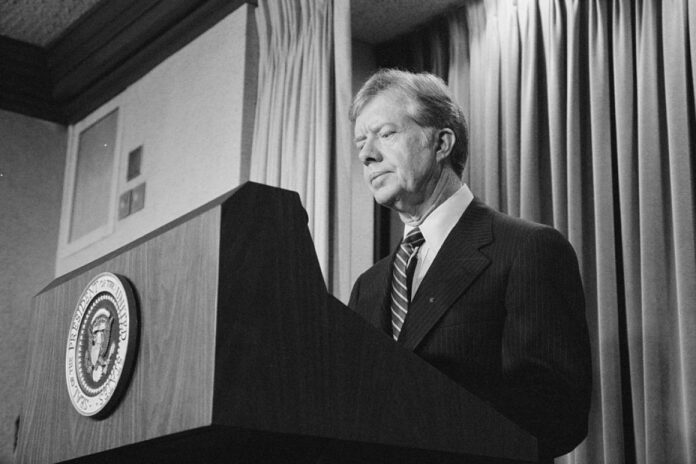Author: Ray Takeyh
Affiliation: Council on Foreign Relations (senior fellow)
Organization/Publisher: Foreign Affairs
Date/Place: February 26, 2021/USA
Type of Literature: Article
Word Count: 2043
Link: https://www.foreignaffairs.com/articles/united-states/2021-02-26/other-carter-doctrine
Keywords: Carter, Iran, Shah, Khomeini, revolution
Brief:
Before the Iranian Revolution in 1979, the people of Iran wanted religious leaders to play a role in the state. Khomeini, an anti-communist thought by the US to protect its interests in the Gulf, already wanted the people to cause a revolution; Jimmy Carter’s focus was on another issue, negotiating for peace between Egypt and Israel. When Carter focused on Iran, he initially supported a military coup to support Khomeini, but later indicated his support to the Shah and asked “to restore order and his authority.” This meant the use of force by security forces, and it would cause divisions in the army with those who prioritized Islam rather than the Shah, he told the US ambassador to Iran William Sullivan. Carter was determined and instructed General Robert “Dutch” Huyser to take over the country. Eventually, this attempt failed due to the Iranian generals’ reluctance, according to Huyser. Carter was still determined to overthrow the mullahs from the regime, so he asked the CIA to conduct propaganda against the regime, working with opposition and governments in the region, to establish a democratic Iran. All those efforts also failed, and the Carter administration had the failure in its hand when Iranian revolutionaries took over the US embassy in Tehran. After many years, the regime has secured its place and is still powerful. According to the author, Washington cannot create its reality in Iran and policymakers should bear that in mind.
By: Berat Karadeniz, CIGA Research Intern




